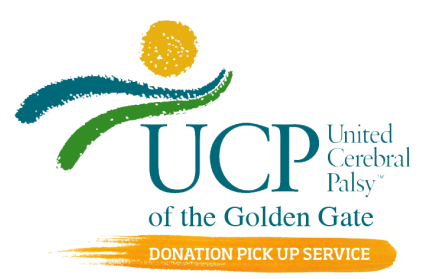In the 1860s, an English surgeon named William Little wrote the first medical descriptions of a puzzling disorder that affected children in the first years of life. It caused stiff, spastic muscles in their legs and, to a lesser degree, in their arms. These children had difficulty grasping objects, crawling, and walking. As they grew up, their condition did not get better, nor did it become worse. The disorder was named Little’s disease and is now known as spastic diplegia. It is one of several disorders that affect control of movement due to a developmental brain injury. These disorders are grouped together under the term cerebral palsy.
Because it seemed that many of these children were born following premature or complicated deliveries, Little suggested that their condition resulted from a lack of oxygen during birth. He proposed that this oxygen shortage damaged the sensitive brain tissues that control movement. But in 1897, the famous psychiatrist Sigmund Freud disagreed. He noted that children with cerebral palsy often had other problems such as mental retardation, visual disturbances, and seizures. Freud suggested that the disorder might sometimes have roots earlier in life, during the brain’s development in the womb. He wrote, “Difficult birth, in certain cases, is merely a symptom of deeper effects that influence the development of the fetus.”
Despite Freud’s observation, the belief that birth complications caused most cases of cerebral palsy was widespread among physicians, families, and even medical researchers until very recently. In the 1980’s however, scientists analyzed extensive data from a government study of more than 35,000 births and were surprised to discover that such complications account for only a fraction of cases – probably less than ten percent. In most cases of cerebral palsy, no cause could be found. These findings from the National Institute of Neurological Disorders and Stroke’s (NINDS) perinatal study have profoundly altered medical theories about cerebral palsy and have spurred researchers to explore alternative causes.


